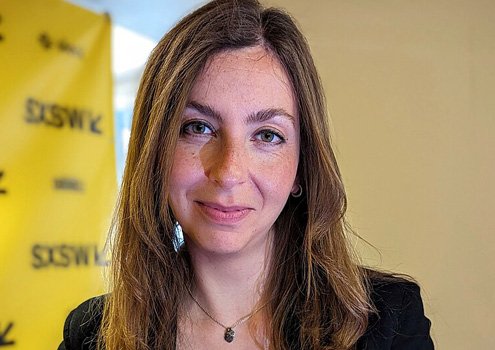Reading time: Just over 1 minute
I like to share interesting pieces of figurative language I encounter in my reading. I write today about a series of metaphors from Maria Konnikova…
My reading affections are more or less equally divided between novels and non-fiction.
But in the latter category, I have some clear preferences: memoir and books about human psychology. When I heard about the New York Times bestseller The Biggest Bluff by Maria Konnikova I knew I had a winner. The book is a memoir about Konnikova’s efforts to go from someone who knew nothing about poker to someone who could win a major prize — in a single year.
A Russian-American writer and psychologist, Maria Konnikova has degrees from both Harvard and Columbia universities. She writes primarily about psychology and its application to real life situations.
In addition to having a hell of a story, she also demonstrated a clear and colourful way of writing. Here are my favourite examples:
- To call her lukewarm would be the understatement of the hour. She has a way of setting her jaw that makes it jut out like it’s about to slice through stone.
- It’s six in the morning— not a time a self-employed writer usually sees unless she has stayed up all night writing.
- I went out and bought copies of Dan’s books — and red them, pen in hand, cover to cover. Let me tell you, my margin notes would make a literature grad student pale with envy.
- Then I begin to play for real— online, for tiny stakes, but for real money, to see how I do in putting the lessons into practice. Play money simply won’t cut it. Plenty of people who kill at Monopoly would make terrible real estate agents.
- Before I get fancy with strategy, with curlicues and trapping of expertise, I need to answer something far more basic: Am I thinking correctly? Before I start experiment with free verse, have I learned how to think through a poem’s basic structure.
- The cold air hits me in a burst of disbelief.
[Photo credit: Fuzheado. Cropped. Licensed under the Creative Commons Attribution 4.0 International license.]


